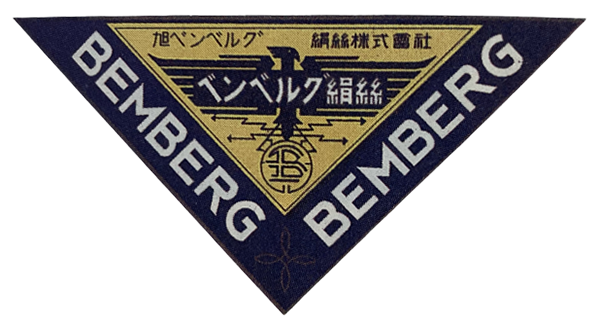I graduated from the Faculty of Law at Tokyo Imperial University in March 1934. There was a terrible recession going on at the time, and as graduation drew near, students were desperate to find employment. Job openings were posted on campus, and I looked at them almost daily.
There was one for a company called Japan Nitrogenous Fertilizer (Chisso). I don't think most students were familiar with it, but I had heard of it since I grew up in Kyushu.
I inquired and found out that they were a pioneer in chemical manufacturing with a major production center in Nobeoka, Miyazaki Prefecture, and expanding to the Korean peninsula and the Chinese mainland. Not only that, but this was their first formal recruitment at Tokyo Imperial University. I submitted my application, feeling it would be a place where I could exercise my talent. But I felt uneasy applying to just one company, so I applied to Mitsui Mining Co., Ltd. as well.
Around that time, my supervisor Prof. Sakae Wagatsuma invited me to visit his home. There, he told me "Chisso is a splendid company. Their base is in Nobeoka, in Kyushu, so it's not entirely unrelated to you as a Shimabara person. I encourage you to go."
He had earlier consulted Nobusuke Kishi, a Tokyo Imperial University classmate of his who had become head of the Engineering Section at the Ministry of Commerce and Industry. This was the reason for his recommendation. Mr. Kishi had said, "The founder of Chisso, Shitagau Noguchi, started Japan's first ammonia business based on fixation of atmospheric nitrogen. He is an exceptional entrepreneur of our time, who is expanding overseas. The chemical industry is still in its infancy, but I'm sure it will become a major industry.”
This strengthened my interest in joining the company. My interviewers were Tomochika Hori, managing director at Chisso who would go on to become the president of Asahi Kasei, and the head of the Documentation Section. The section head asked a lot of questions that seemed nonsensical, so I kept objecting and arguing back. Later, I heard that he strongly opposed hiring me, but Mr. Hori said "He's interesting, he’s got guts," and I got accepted.
The problem was that I also got accepted by Mitsui Mining, one of the top companies at the time. I wavered, but decided to bet on the future potential of Chisso. It turns out that if I had joined Mitsui Mining, I might have gotten caught in a personnel reduction and had a tough time. One never knows what fate lies ahead.
After joining Chisso, I was assigned to a subsidiary called Asahi Bemberg Fiber (present-day Asahi Kasei). It was a good company that made regenerated fibers such as viscose rayon and Bemberg, but there's something unsatisfying about being at a subsidiary.
After about two years, there was talk of me going to the Hungnam plant in Korea as an assistant manager for Chisso, but Mr. Hori rejected the idea. It turns out that if I had gone to the Hungnam plant at that time, I might not have made it back to Japan safely. I guess I’m lucky.
At Asahi Bemberg, I worked in the head office in Osaka. At first I was only given simple tasks such as making patent applications, submitting registry entries, writing letters, and sending telegrams. It wasn’t interesting at all, and I often thought about quitting.
But giving up would have felt like losing. Instead, I decided deepen my knowledge about law. I studied late into the night at the dormitory. I focused on areas that weren’t covered very much at university, such patent law, taxation law, river law, and trust law. I even wrote an essay about the Secured Bond Trust Act in a law newspaper.
After a while, a patent dispute arose with one of Asahi Bemberg's competitors, Teikoku Jinzo-Kenshi (currently Teijin). Asahi Bemberg had developed its own device for recovering caustic soda used in the manufacturing of artificial silk, naming it Asahi Dialyzer and establishing patent rights. A recovery device developed by Teijin was believed to infringe the patent.
Asahi Bemberg pulled me and the technician Masao Kubota (who later became vice-president of Asahi Kasei) off our regular duties for a year to work on resolving this dispute. I read through not only my books on patent law, but also my old physics and chemistry textbooks from middle school as well as books on fluid mechanics and other technologies, and repeatedly conferred with our legal counsel as I prepared for the lawsuit and technical argumentation.
Our efforts bore fruit, and Asahi Bemberg won in patent court. Teikoku Jinzo-Kenshi appealed, but in the end, they agreed to settle by paying us 100,000 yen, the equivalent of several hundreds of millions today. The successful resolution of this case served to raise my reputation.
 Asahi Bemberg Fiber, Osaka Bldg., right side, taken around 1948.
Asahi Bemberg Fiber, Osaka Bldg., right side, taken around 1948.
 product labeling of Asahi Bemberg Fiber
product labeling of Asahi Bemberg Fiber

